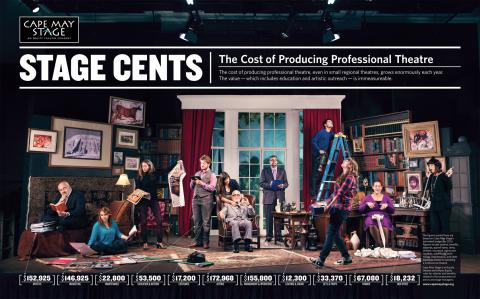Evidence-based philanthropy. To some, that phrase offers the promise of long-overdue rigor. If the first principle of philanthropy and social impact is to do good, then evidence-based philanthropy ensures that we honor its corollary: Do no harm.
To others, that phrase represents all that is going wrong with philanthropy and social innovation—the rise of the ivory-tower theorists and technocrats whose logic models and fixation with metrics blind them to real-world knowledge and common sense.

